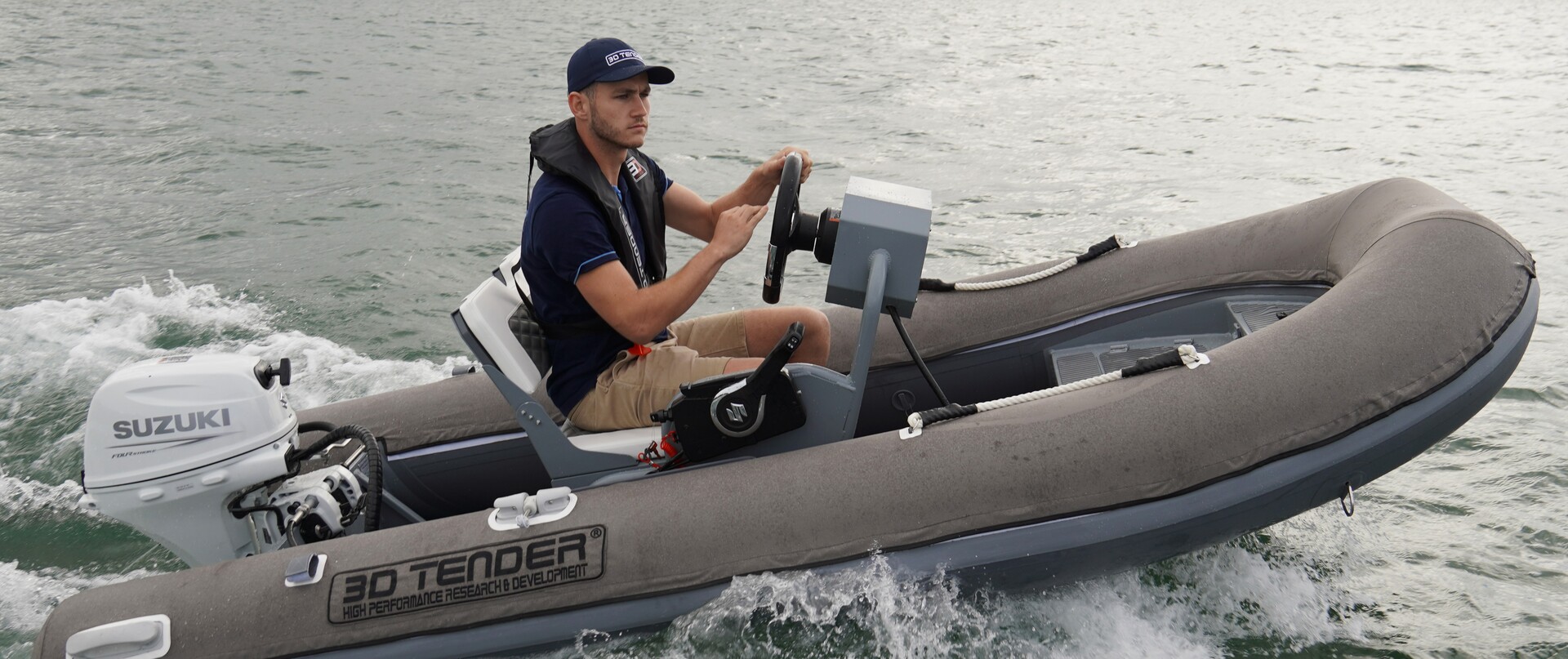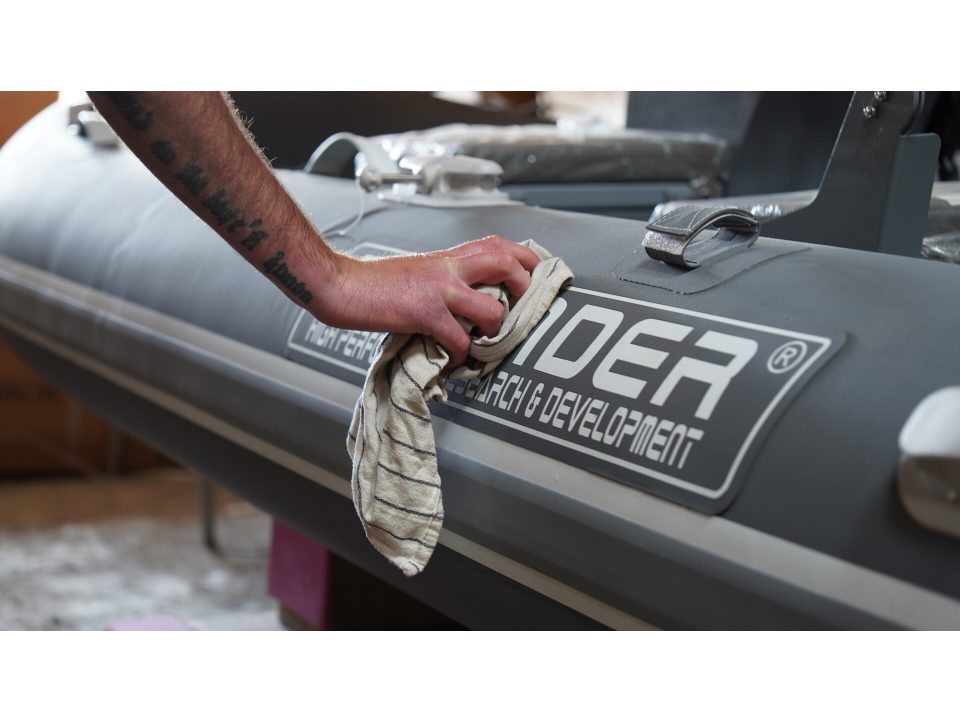Your Cart is Empty
Menu


TAKING CARE OF YOUR TENDER WITH TIPS FROM 3D TENDER
December 29, 2023 2 min read
-
-
-
Whether it's made of PVC or Hypalon, your tender needs special care to make it last. The better you can protect and maintain your tender, the longer you'll be able to enjoy it.
After your sea trip
Tenders are not designed to remain at anchor for long periods, and are vulnerable to degradation by sea water. That's why your tender needs to be cleaned with clear water after every sea trip.
In addition, cleaning products are available to remove any black stains that may appear on your dinghy.
Once you've applied the product, leave it to act before rubbing it in with a sponge to remove all the stains that dirty your dinghy. After each application, always rinse with clean water.
The inflator valve is not to be neglected: dirt accumulation can lead to leaks that you want to avoid.Cleaning is good, but protecting is even better!
To avoid having to replace your tender, you may decide to protect it with a specific product. To apply it, soak a microfiber cloth in the product, then wipe over the entire surface of your dinghy. Scrub thoroughly, leaving the product to act for a few minutes, before using a second dry microfiber cloth to rub it in. The result should be immediate, giving your tender a shiny look.
The goal is to protect your dinghy from UV rays, saltwater corrosion and mildew. With this protection, your dinghy will be easier to clean and less vulnerable to the vagaries of the weather.
Finally, to protect your tender from light and especially UV rays, which can damage tires in the long term, we recommend storing it in a dry, protected place under a tarpaulin or in a warehouse. Make sure your tender is dry before storing.
Some 3D Tender models (Ultimate, Federlight, Vib Air, Dream 340, Ultralight) are available with their own tube cover, to guarantee tailor-made protection.
Bad habits to avoid
Whether in Hypalon or PVC, the surface of your dinghy is a material that needs to be cleaned with care. We therefore advise you to avoid aggressive products and soaps, such as bleach, detergents and acids. Acetone should be used with extreme caution, as it attacks PVC.
It may seem tempting to use a high-pressure jet, but this can cause damage to your inflatable.
Also, avoid mixing products, which can cause an unintended chemical reaction.Now you're ready to enjoy your brand-new dinghy, happy sailing!
-
Subscribe
Sign up to get the latest on sales, new releases and more …
